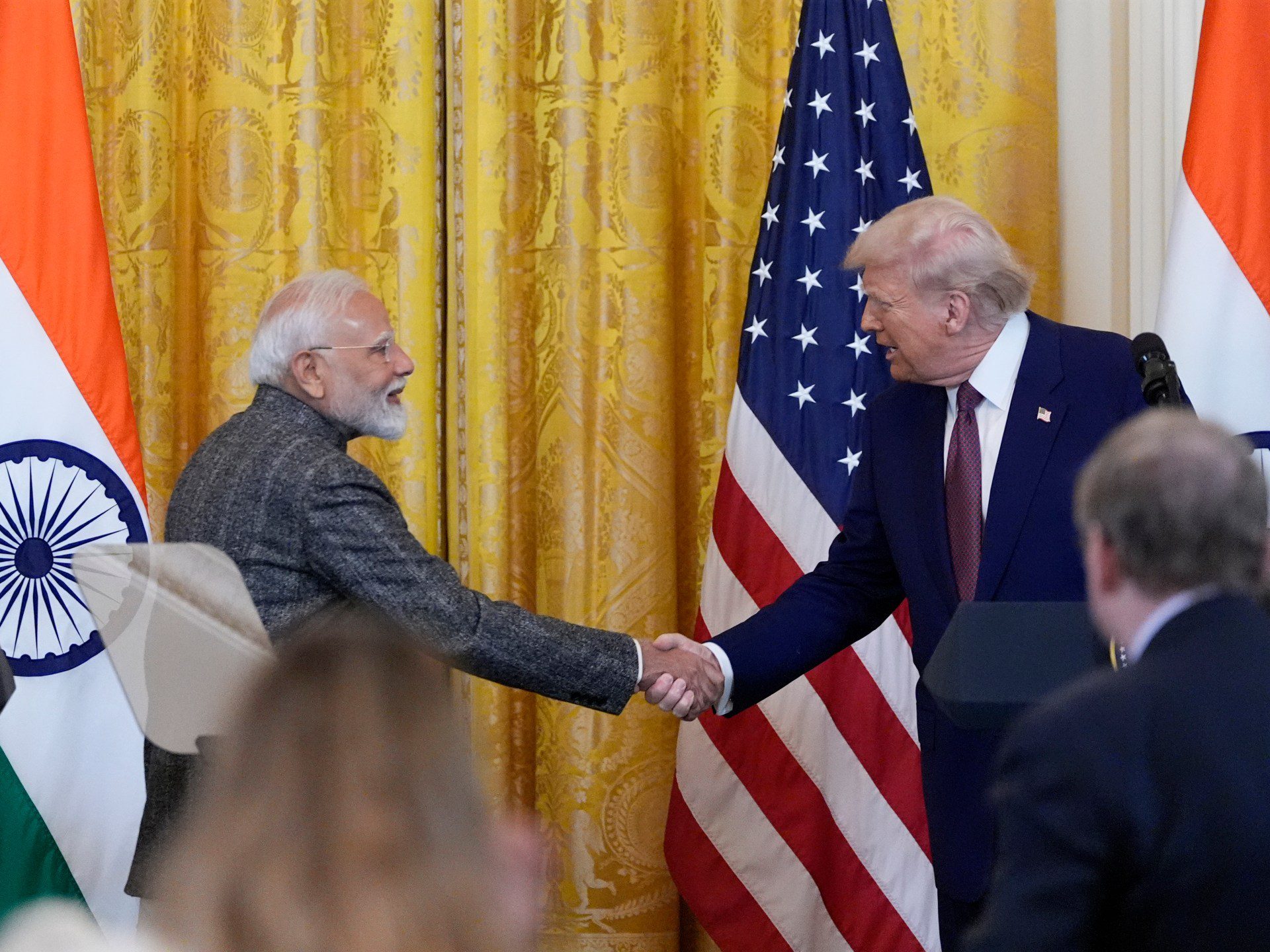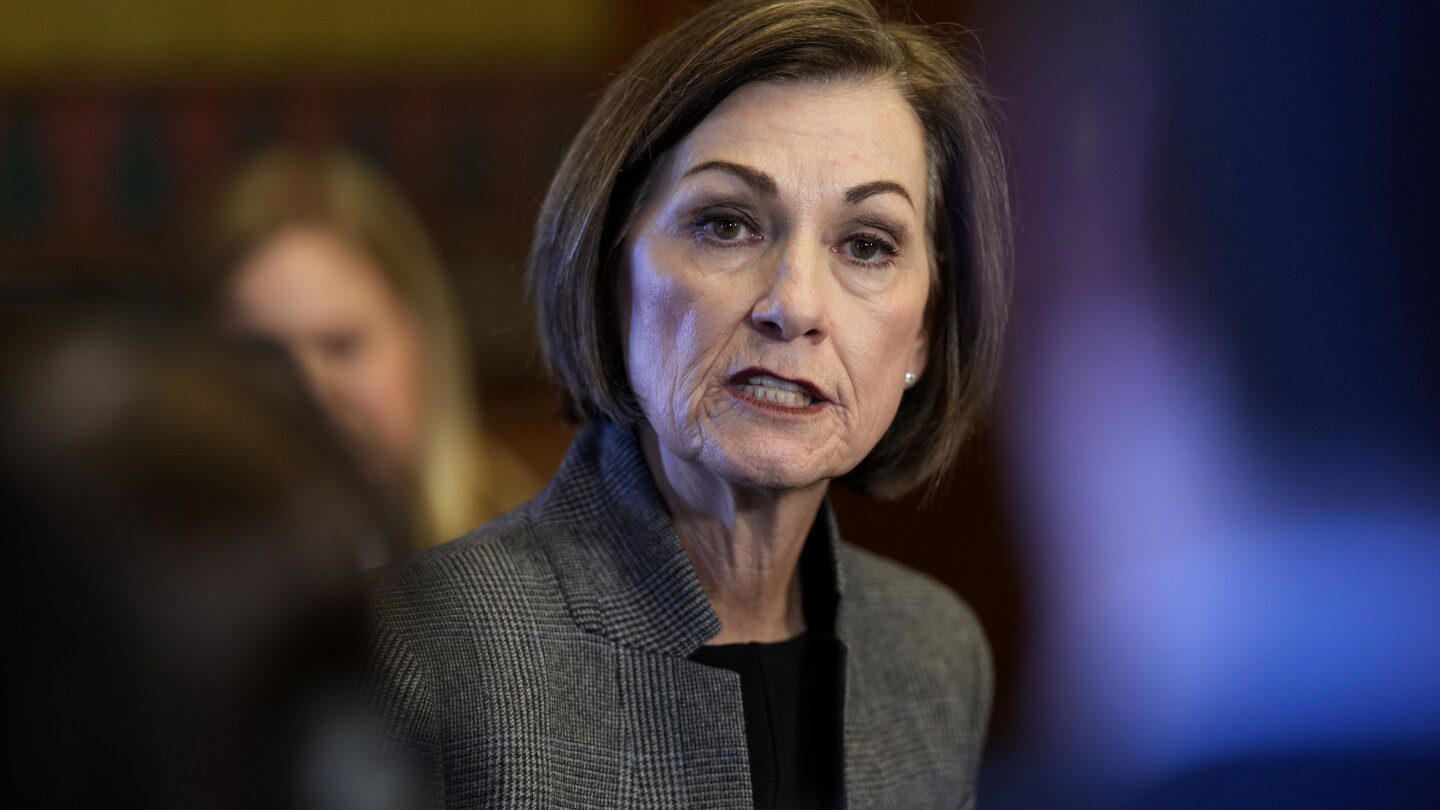
Narendra Modi’s Visit to Trump: Key Insights from Their White House Meeting
On Thursday, Indian Prime Minister Narendra Modi made headlines as he became the fourth global leader to meet with Donald Trump at the White House since Trump’s inauguration for his second term. The rapport between Modi and Trump, often described in media as a "bromance," remained evident throughout their discussions.
During their meeting, both leaders exchanged accolades while tactfully avoiding more contentious issues. Notably, they refrained from delving into Trump’s recently proposed “reciprocal tariffs,” which would set American tariffs on foreign imports equal to those enforced by other nations. Trump has previously criticized India for its high import duties, even referring to Modi as the “king of tariffs.”
Despite this, both leaders agreed to create a “framework” to enhance collaboration. Trump expressed, “ Prime Minister Modi and I have agreed that we will negotiate to address the longstanding discrepancies” in the US-India trade relationship, asserting the need for a balanced playing field.
Moreover, the newly proposed framework encompasses more than just tariffs, extending to joint initiatives in space exploration, international security, and energy trade.
Here are four key highlights from the meeting:
1. Modi Aligns with Trump’s MAGA Ethos
Both leaders, who have faced scrutiny over democratic practices in their respective nations, celebrated their recent re-elections—Modi in June and Trump last November. Much of their public interaction emphasized mutual support, with Trump lauding Modi as a “great leader” and Modi referring to Trump as a “friend.”
In a nod to Trump’s campaign slogan, Modi introduced an Indian twist: “Make India Great Again,” or MIGA. He articulated that collaborative efforts between the US and India would result in a “mega partnership for prosperity.”
Modi, representing the Bharatiya Janata Party (BJP), drew parallels between his Hindu nationalist agenda and Trump’s “America First” policy, emphasizing his dedication to prioritizing India’s national interests.
2. Economic Offers from India
In response to mounting trade pressures, Modi arrived prepared to offer concessions aimed at averting punitive tariffs from Trump. The leaders reported an agreement to heighten trade cooperation, aspiring to double bilateral trade to $500 billion by 2030. As of 2024, trade between the two nations was valued at about $129.2 billion, with the US facing a significant trade deficit.
Trump acknowledged Modi’s commitment to reducing “unfair tariffs” that restrict US market access, while both leaders highlighted a focus on strengthening energy ties, aiming to restore the US as a leading supplier of oil and gas to India.
3. A Joint Stance Against Terrorism
The dialogue between Modi and Trump also addressed a pressing concern about terrorism. The US President committed to extraditing Chicago businessman Tahawwur Rana, who has been implicated in supporting terrorism, including the 2008 Mumbai attacks. Modi expressed gratitude towards Trump for this decision, underscoring the shared commitment of both nations to combat terrorism.
Trump noted that military sales to India would increase significantly as they work collaboratively to combat radical Islamic terrorism globally.
4. Trump Responds to Ukraine Conflict Questions
Interestingly, while the meeting was designed to focus on US-India relations, reporters frequently redirected inquiries towards Trump’s discussions about the ongoing conflict in Ukraine. Recently, Trump claimed to have had productive conversations with both Putin and Ukrainian President Volodymyr Zelenskyy regarding possible peace negotiations.
However, while Modi remained silent on the Russian invasion during their joint comments, Trump’s positions resonated with India, given its historical ties to Moscow. The Modi administration has occasionally faced pressure from the US regarding its oil imports from Russia.
As both leaders concluded their meeting, the implications of their discussions are set to influence the future of US-India relations, especially in the context of global trade and security dynamics.









